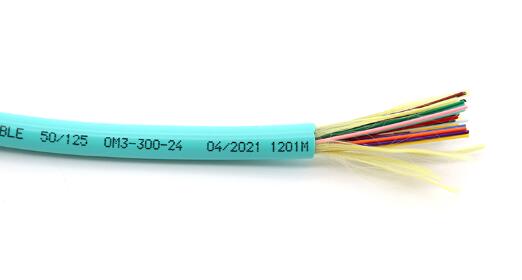The Evolution of Fiber Optic Cables
In the realm of telecommunications, the evolution of fiber optic cables has been nothing short of revolutionary. These cables, once a niche technology, have transformed the way we communicate and transmit data. From their humble beginnings to the cutting-edge technology of today, the journey of fiber optic cables is marked by continuous innovation and advancements.
Early Days: The Birth of Fiber Optic Communication
In the 1960s, the concept of using light to transmit data was introduced, leading to the birth of fiber optic communication. The first practical fiber optic cables emerged in the early 1970s, utilizing thin strands of glass or plastic to transmit pulses of light for communication. Although these early cables were a breakthrough, they had limitations in terms of bandwidth and efficiency.
Advancements in Material Science: Glass Takes Center Stage
One of the key milestones in the evolution of fiber optic cables was the shift from plastic to glass fibers. Glass fibers allowed for higher bandwidth and reduced signal loss, paving the way for more efficient long-distance communication. This shift marked a significant leap forward in the capabilities of fiber optic technology.
Single-Mode and Multi-Mode Fiber: Catering to Diverse Needs
As the demand for high-speed data transmission increased, fiber optic cables diversified into single-mode and multi-mode categories. Single-mode fibers, with a smaller core size, became the choice for long-distance communication, while multi-mode fibers, with a larger core, were preferred for shorter distances. This diversification allowed fiber optics to cater to a wide range of communication needs.
Wavelength Division Multiplexing (WDM): Maximizing Bandwidth
The evolution of fiber optic cables continued with the introduction of Wavelength Division Multiplexing (WDM). This technology enabled multiple signals to be transmitted simultaneously over a single optical fiber by using different wavelengths of light. WDM significantly increased the capacity and efficiency of fiber optic communication, making it a crucial advancement in the field.
Fiber Optics in the Digital Age: Internet Revolution
The widespread adoption of the internet in the late 20th century propelled the demand for faster and more reliable communication networks. Fiber optic cables emerged as the backbone of these networks, offering unparalleled data transfer speeds and bandwidth. The digital age witnessed a massive deployment of fiber optic infrastructure globally, connecting people and businesses like never before.
Current Innovations: The Role of Fiber Optics in 5G and Beyond
In the current landscape, fiber optic cables are playing a pivotal role in the deployment of 5G networks. The demand for higher data speeds and low latency in the era of 5G requires the capabilities that fiber optics can provide. Innovations such as hollow-core fibers and advanced modulation techniques are being explored to further enhance the performance of fiber optic cables in the evolving telecommunications landscape.
Looking Ahead: Future Trends and Beyond
The evolution of fiber optic cables shows no signs of slowing down. Researchers and engineers are continually exploring new materials and technologies to push the limits of data transmission. Quantum optics, for example, holds the promise of ultra-secure communication, opening up new possibilities for the future of fiber optic technology.
Conclusion: The Seamless Connectivity of Tomorrow
In conclusion, the evolution of fiber optic cables has been a remarkable journey from the early days of experimentation to becoming the backbone of global communication networks. The continuous innovation in materials, designs, and transmission technologies has propelled fiber optics into the digital age and beyond. As we look ahead, the role of fiber optic cables in shaping the future of connectivity is undeniable.
For more information on the latest fiber optic solutions, feel free to contact us. As a leading supplier of cutting-edge telecommunications technology, we are here to meet your connectivity needs.

评论
发表评论